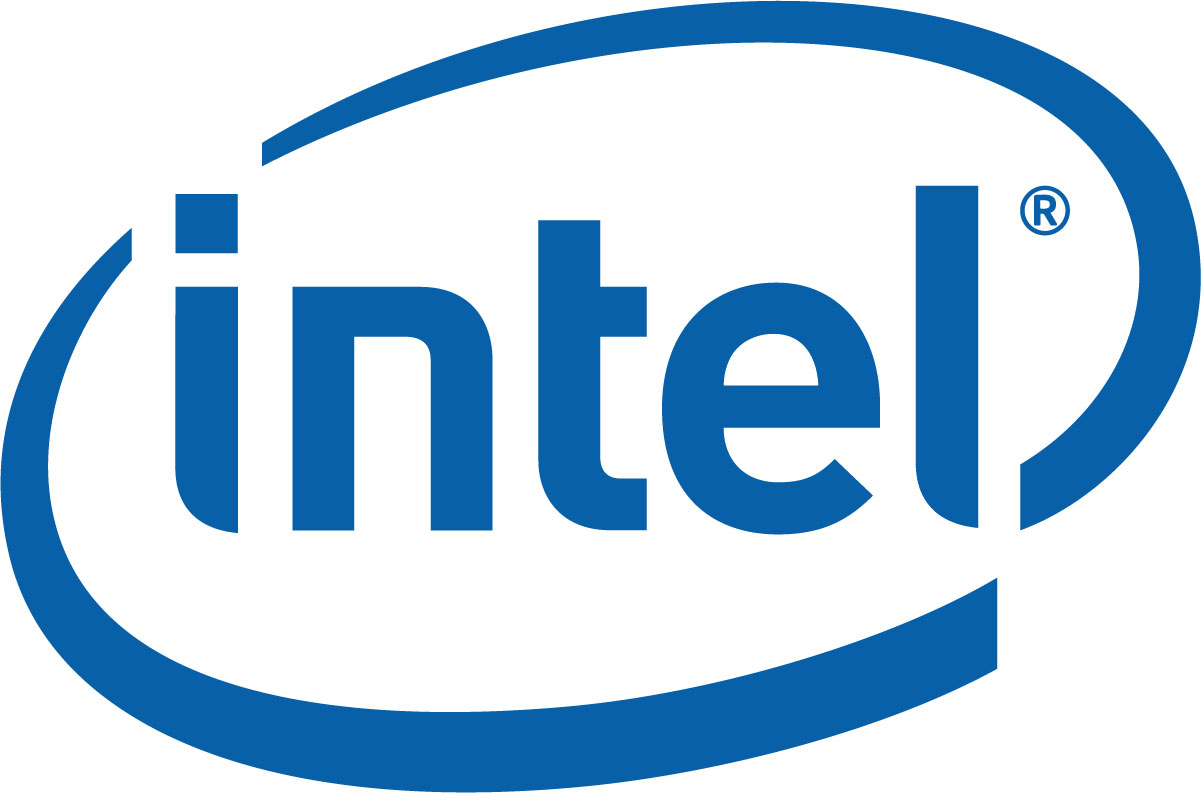What does Max Turbo Frequency mean on a Intel CPU processor?

Processor Base Frequency
CPU frequency is the clock frequency of the CPU, it simply is the operating frequency of the CPU processing time (synchronous pulses occurring within 1 second) for short. The unit is Hz.
Additional CPU speed depends on the CPU performance of various aspects of the pipeline. Because of the frequency it does not directly represent the computing speed, so in certain circumstances, it may appear less high frequency of the CPU actual computing speed of the phenomenon. So the frequency is only one aspect of CPU performance, and may not reflect the overall performance of the CPU.
When it comes to processor clock speed, we should refer to two closely related concepts: the multiplier and FSB, CPU FSB is the reference frequency, the unit is MHz. FSB is a synchronous operation between the CPU and motherboard speed, but most of the current computer system is speed FSB synchronous operation between memory and the motherboard, in this way, can be understood as CPU FSB directly memory in communication, synchronization running between the two; that is a multiple of the multiplier and FSB frequency ratio of. Frequency, FSB, multiplier, and its relationship: frequency = FSB × multiplier.
Max Turbo Frequency
Max turbo frequency refers to a range of manufacturers to open for cpu adjusted to save energy.
Both interrelated
For example:Intel® Core™ i7-4765T Processor (8M Cache, up to 3.00 GHz)
| Processor Base Frequency | 2 GHz |
| Max Turbo Frequency | 3 GHz |
Max turbo frequency means that when the laptop is running cool, and the software you are using requires a faster processor than 2.0ghx, the processor will run at 3.0ghz. Essentially overclocking itself temporarily.
Intel® processors are at the heart of many mineral~dependent products. We believe we can make a difference, together with our partners, by working to eliminate conflict minerals that fund violence from our supply chain.Where can I find the most complete recipe intel type and model –os–store.
By OS-STORE.



